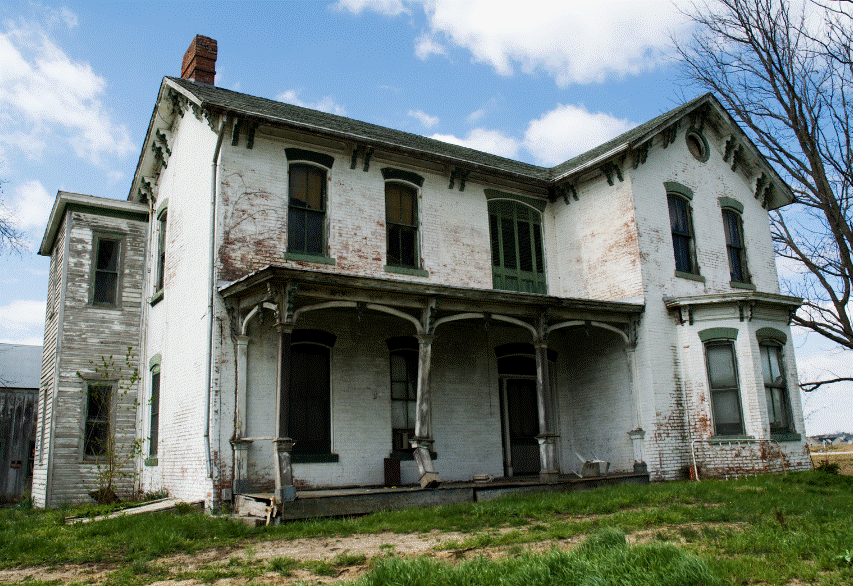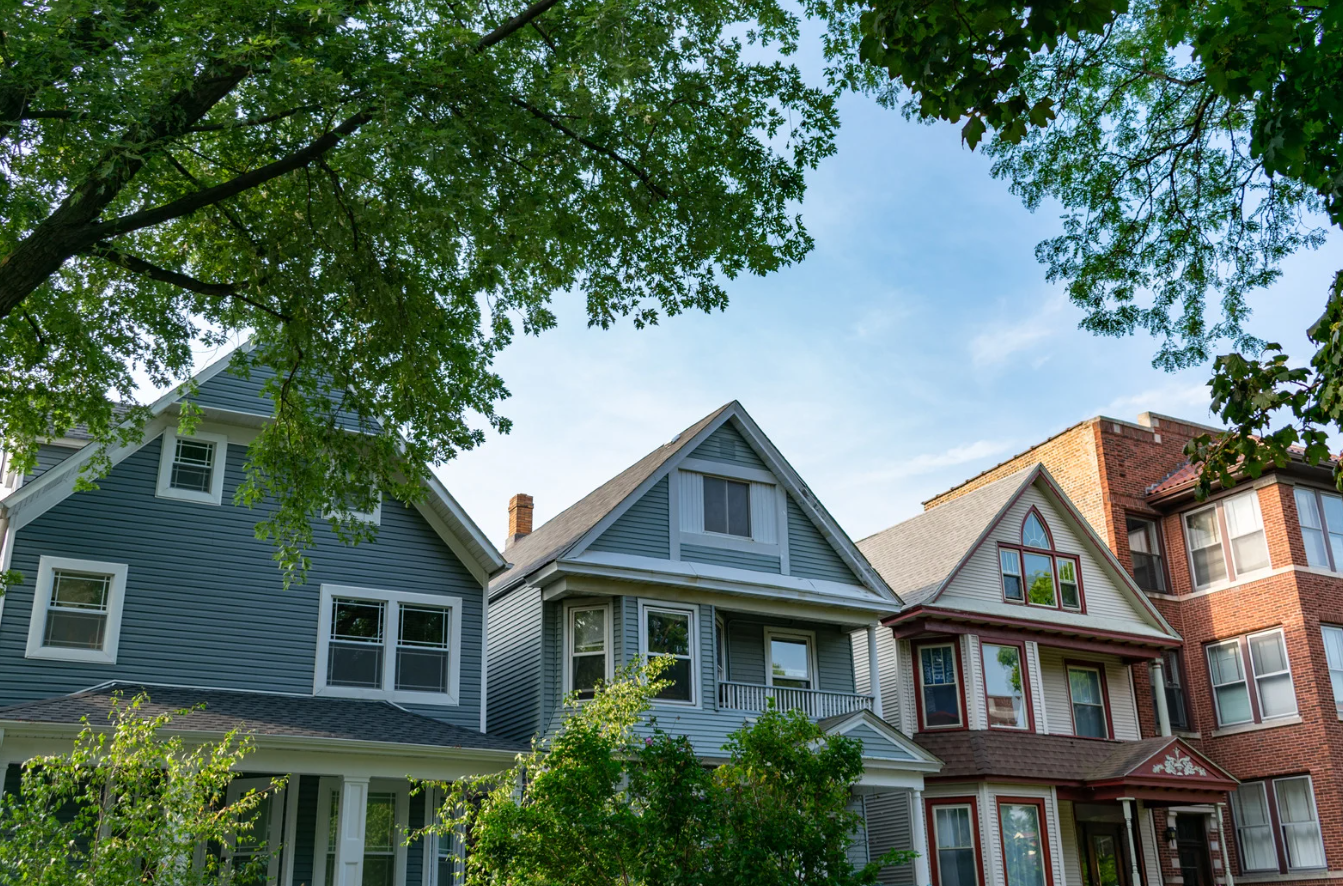Purchasing a fixer-upper is not for the faint of heart, but with strategic remodeling and smart spending, you can reap the rewards of comfortable living and a higher home value. Here's how to properly budget for renovating a neglected dwelling and transform it into a dream house.
Understand the Costs
A fixer-upper is a bold choice, one buyers shouldn't make lightly. Hopefully, you've purchased your new home at a reasonable price with plenty of money left over for updates.
Depending on the home's condition, you should gather as many resources as possible to cover the costs, including cash, savings, loans and more. Materials and labor add up quickly, especially during inflation. Whatever dollar amount you decide to invest in remodeling your fixer-upper, set aside 10%-25% more in the budget.
Today, you can expect to spend the following amount on major repairs in a 2,000-square-foot home:
● Outdated electrical: $20,000 or $10 per square foot
● Broken plumbing: $16,000 or $8 per square foot
● Foundation cracks: $25,000
● Roof rot or leaks: $15,000
Of course, costs may vary by location, house size, materials and individual quotes from contractors.
Prioritize Projects
You may have big plans for renovating your fixer-upper, but unless there's something seriously wrong with the outdated kitchen cabinets, you should concentrate on the most vital projects first.
Critical Repairs
Critical repairs are anything putting your health and safety at risk. For instance, water damage could result in mold and mildew growth — a hazard to your respiratory system. Cracks in the chimney flue may also be dangerous, causing a fire or the release of toxic gases if left unaddressed. Likewise, foundation problems could be dire for the entire structure.
Improved Functionality
These projects aim to improve livability and increase the home value but may not be as dire as critical repairs. For instance, replacing your HVAC system with an energy-efficient model can help you save money and improve indoor temperature. Eco-friendly features and smart technology are also appealing.
Long-Term Plans
Kitchen and bathroom updates and hardwood flooring may be on the list — however, they aren't necessarily renovations you need to do immediately. Prioritize urgent projects before diving into these. You may even want to give yourself time to save up again, especially since it could cost up to tens of thousands to upgrade kitchen cabinets.
Make Your Budget Stretch
A savvy homeowner can stretch their budget by taking on manageable, straightforward do-it-yourself (DIY) projects. For instance, you can save money by painting and tiling the home instead of hiring a professional. Beginners should start with a smaller project — like a kitchen backsplash — to get used to the process.
Sourcing more affordable materials is also a good idea. Alternatives like bamboo, reclaimed timber and stone cladding are cost-effective, durable and environmentally friendly. For example, you could install new floors or reside your home’s exterior.
Getting several quotes from experienced contractors is recommended to decide whether a project is DIY-worthy.
Consider Increasing Home Values
If you've purchased a fixer-upper to flip and resell, you should consider remodeling projects to increase the home's value. Upgrades should be purposeful — for instance, a new garage may cost about $4,513 but boosts the home value by $8,751. Replacing vinyl exteriors with stone veneer also has a recoup potential of 153.2%.
Anything you can do to improve the house's curb appeal can increase your chances of a higher asking price. According to a 2022 Homelight study, buyers are willing to pay 7% more for nice curb appeal than a neglected exterior, which could include landscaping, window treatments and shutters.
Budget Wisely for the Ultimate Fixer-Upper Flip
Whether you're remodeling a fixer-upper to live in or intend to resell it at a higher home value, it is essential to budget for remodeling projects wisely. Utilize as many resources as possible, determine which repairs demand your attention immediately and find ways to save along the way.





